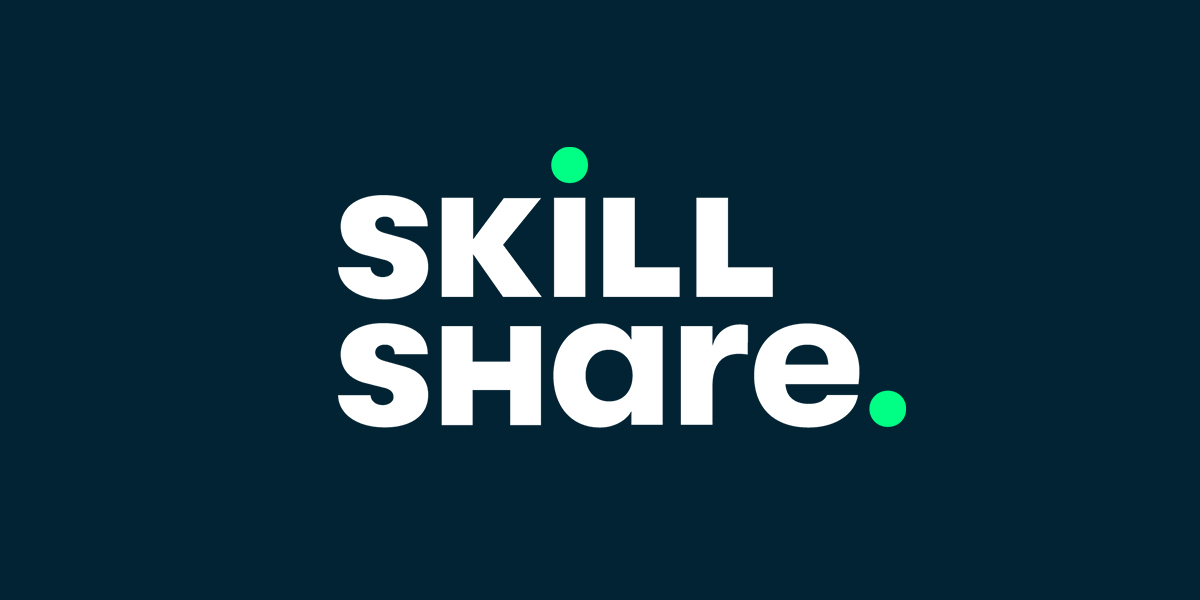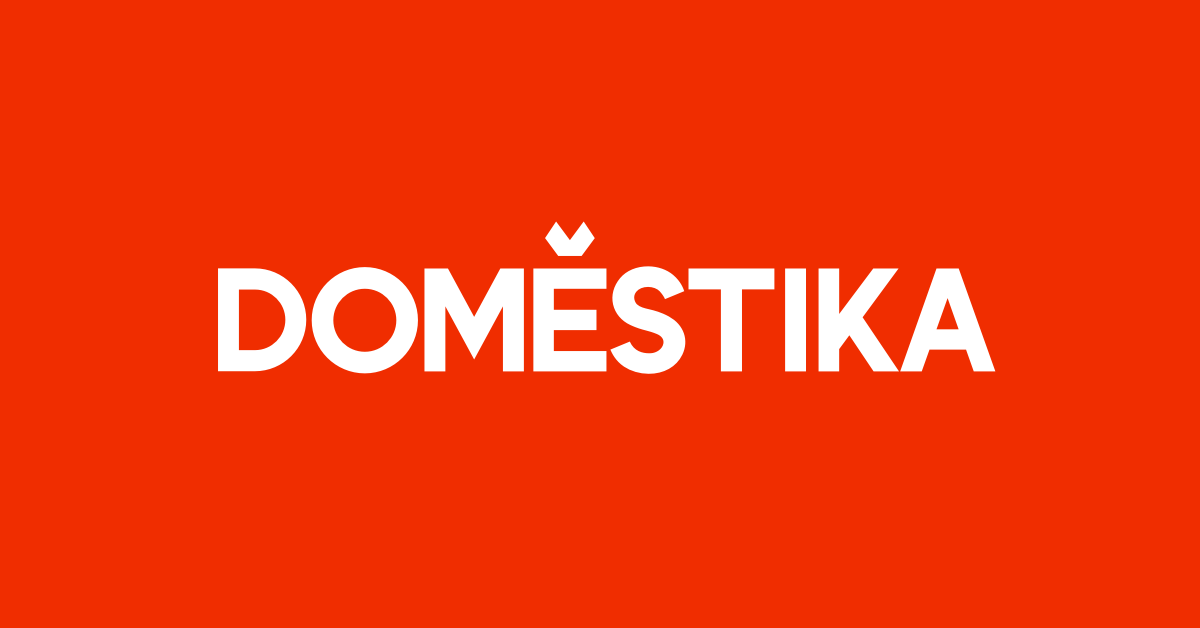
Creatime App
This project was the capstone of my Google UX Design Professional Certificate coursework, where I applied and synthesized everything I learned throughout the program.
The challenge
From the challenges available in the course, I chose:
Design a way to help tutor adults in creativity.
This topic stood out to me because I found it personally compelling, and I knew my friends would make great target users for research.

My role
UX Researcher
Interaction Designer
UI Designer
Since this project was a part of my coursework, I took ownership of the entire design process from start to finish. This included conducting user research, structuring the app’s information architecture, designing its interactions and layout, and progressing through wireframing, prototyping, and UI refinement. I applied key visual design principles such as color, typography, and component design to create a polished final product.
User research
I sent a survey to 9 participants to identify the challenges hindering their creative development, understand the support and resources they need to overcome these obstacles, and gather insights into their preferred tools or features. Below are the charts displaying some of their responses.
66.7%
Stress relief and relaxation
55.6%
Personal growth and self-expression
55.6%
Hobbies or leisure activities
22.2%
Career advancement
0%
Building a portfolio
77.8%
Lack of time
77.8%
Lack of motivation
66.7%
I don't know where to start
55.6%
Fear of failure or judgment
11.1%
Lack of skills
0%
I don't have access to necessary resources
88.9%
Step-by-step tutorials or guides
77.8%
Community support (e.g. forums, groups)
55.6%
Live tutoring or mentorship
44.4%
Creative challenges or prompts
11.1%
Inspiration and motivation (e.g. success stories, quotes)
I compiled all the survey data into an affinity map, identifying patterns and common themes.

Key insights
Lack of motivation
Users face challenges with staying motivated to consistently engage in creative tasks. They would benefit from encouragement and support from a community.
Lack of time and energy
Many users struggle to find time and energy for creativity, especially after work, often opting for relaxing activities like watching TV. They need a fun, low-effort, and quick way to explore their creativity.
Need for community support
Many users expressed a need for community support to motivate and inspire one another, as well as a platform to showcase their creative work.
Tutorials with videos
Among various formats, users generally prefer step-by-step video tutorials that are easy to follow, include a list of materials for a specific craft, and have a clear beginning and end.
Target users
Based on my research, I identified two unique user personas: Ji-hye and Rohan.


Based on the user personas, I outlined the following problem statements:
Ji-hye Kim is a busy product manager with limited energy after work who needs quick, easy, and relaxing crochet projects with simple tutorials because she wants to unwind through her hobby without feeling overwhelmed or stressed by complicated instructions.
Rohan Patel is a struggling comic writer battling self-doubt who needs motivational content and a supportive online community because he often second-guesses himself and lacks the encouragement needed to stay inspired and continue his creative journey.
Competitors
The next step involved a competitive audit, where I analyzed my app’s competitors to uncover patterns and potential market gaps. I’ve outlined four competitors and the key insights from this review below.

Skillshare
An online learning platform offering thousands of classes in illustration, design, photography, video, freelancing, and more.
- Anyone can teach, verified by ratings, reviews, and comments
- Extensive class library, covering a wide range of topics

MasterClass
An online platform offering expert-led courses on creativity, business, science, and more.
- Taught by professionals and celebrities, learn from the best
- Personalized recommendations, tailored learning experience

Domestica
Creative learning platform that offers certified courses and vibrant community space.
- Certificates for course completion
- Large community space for contests, projects etc.
Craftsy
A learning platform offering courses mainly in crafts and DIY projects.
- Focused on crafts and DIY
- Resources beyond courses - patterns, articles, etc.
Common themes & market gaps
Diverse learning formats: While most competitors primarily rely on video-based learning, there’s an opportunity to innovate with more interactive, immersive, and hands-on experiences that bridge the gap between theory and real-world application.
Affordability & accessibility: MasterClass’ premium pricing may be a barrier for some learners, while Skillshare’s expansive library can feel overwhelming for those seeking focused, expert-led content.
Motivation gap: Platforms often overlook the importance of motivation. Incorporating features like quotes, badges, and progress recognition can keep learners engaged and motivated, helping them celebrate milestones and stay committed to their creative journeys.
Lack of focus on fun & relaxation: While most platforms emphasize learning new skills, there’s a gap in offering spaces for creative expression and relaxation. A platform that encourages playfulness, exploration, and stress-free creativity could appeal to users seeking a more enjoyable, low-pressure learning experience.
Crazy Eights
Next, keeping the user’s needs in mind, I performed the “Crazy Eights” exercise to generate a wide range of ideas, then reviewed them to select the most promising ones.

Understanding user flows
I mapped out the key user flows, such as completing a lesson, or posting a user’s work. Below is one of the user flows I outlined, illustrating the process of finding and enrolling in a course.

Wireframing
First, I created paper wireframes for the key user flows I had previously outlined.




Then, based on the paper wireframes, I created digital versions that were slightly more detailed and refined.




Usability study
Moderated usability study
Poland, remote
5 participants
25 min
For the study, I used a low-fidelity prototype, created from my digital wireframes, to simulate key user flows. Participants performed tasks such as finding and enrolling in a course, completing a lesson and earning a badge, or posting a picture to the community.
Insights

No option to dismiss challenges
After completing all course lessons, users see a popup informing them that challenges have unlocked. However, the popup only offers a “View Challenges” button, forcing users into that section. Many users felt pressured and wanted an option to dismiss the popup without being redirected.

Inspiration Board is not intuitive
First-time users were confused about where pinned posts go. The app does not clearly inform them that pinned posts are saved to the Inspiration Board. Users need clearer guidance to understand this feature.

Inconsistent "Mark as Done" button placement
The "Mark as Done" button is placed differently in lessons (bottom of the screen) and challenges (top of the screen). While the intention was to match different user flows, this inconsistency confused users. They expect the button to be in the same location across lessons and challenges for a smoother experience.
I outlined solutions for each user pain point and then moved on to developing the visual design and app mockups that bring those solutions to life.
Designing UI
In designing the UI, I aimed to create an experience that feels creative, playful, and fun - more like a game than a pressured learning tool. I chose a bright color palette to reinforce this feeling and intentionally incorporated game-like elements throughout. For example, ratings use puzzle pieces instead of stars, lessons resemble a board game, and challenges are styled like game cards. Even the logo features dot elements that subtly reference board game mechanics, mirroring the course structure. My goal was to keep everything visually engaging, lively, and stress-free.


Final designs




Before usability study




After usability study




The final designs effectively address the key user pain points identified in the usability study.
To resolve complaints about the lack of an option to dismiss the “Challenges Unlocked” popup, a close button was added, giving users more control over their experience.
To clarify where pinned posts go, a confirmation message now appears after pinning, informing users about the Inspiration Board and providing a link to it.
Lastly, the inconsistent “Mark as Done” button placement in lessons and challenges was standardized. Both now feature a floating button at the bottom of the screen, ensuring consistency. This placement encourages users to read the lesson content before marking it as done, while also giving returning challenge users easy access to the button, without the need to scroll.
App prototype
Based on the mockups, I created a high-fidelity prototype showcasing the key user flows, presented in the video below.
Meeting user needs
Lack of motivation
The app features an Inspiration Board where users can pin posts that inspire them, fostering creativity. A community space and game-like features, such as challenges or badges, make progress feel rewarding and enjoyable.
Lack of time and energy
All lessons are under 15 minutes, making them easy to fit into busy schedules. The app’s playful, game-like design removes pressure and turns learning into a fun pastime.
Need for community support
A community space allows users to share achievements, interact with others, and find inspiration from fellow creatives.
Enhanced video tutorials
Courses include video tutorials but are presented as a board game or card game, making them more interactive. This approach, along with course challenges and badge-earning mechanics, sets the app apart from competitors.
Lessons learnt
The value of paper wireframes
During the early stages of this project, I dedicated significant time to creating paper wireframes for each screen, exploring multiple variations before selecting the best design. Although this process was time-consuming, it proved invaluable. By making key design decisions early on, I established a strong foundation for the subsequent stages of the project, which ultimately saved time later. In future projects, I’ll stay committed to using paper wireframes to ensure a solid start to the design process.
Balancing quantitative and qualitative data
In this project, I relied heavily on a survey for foundational research, which provided useful quantitative data - mainly from users selecting pre-written options. However, this approach limited my understanding of users’ deeper issues, as it didn’t capture their thoughts and experiences in their own words. Moving forward, I plan to incorporate more qualitative data, such as user interviews, to gain a fuller understanding of their needs and pain points. This will allow for more empathetic, user-driven design decisions.
AI-generated text over Lorem Ipsum
For this project, I decided to replace the traditional Lorem Ipsum placeholder text with AI-generated content. This decision was inspired by a course I took on AI, which gave me new insights into its potential. Using AI-generated text not only saved time but also ensured that the content felt more relevant and realistic. Additionally, Lorem Ipsum can sometimes confuse users who aren’t familiar with it, and using meaningful text helped create a more authentic experience. Going forward, I’ll continue utilizing AI-generated content in my future projects.